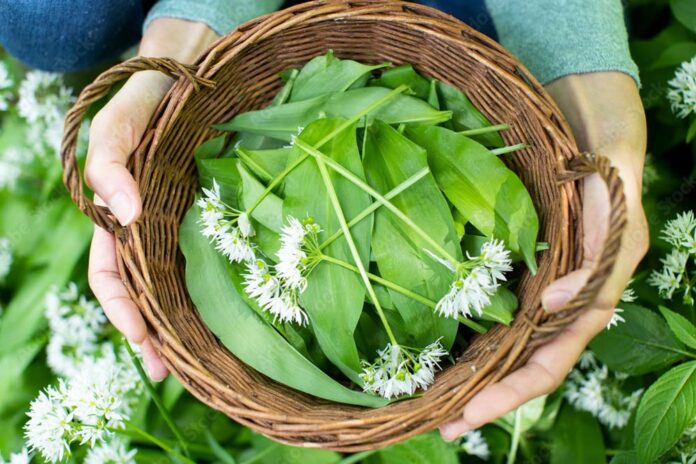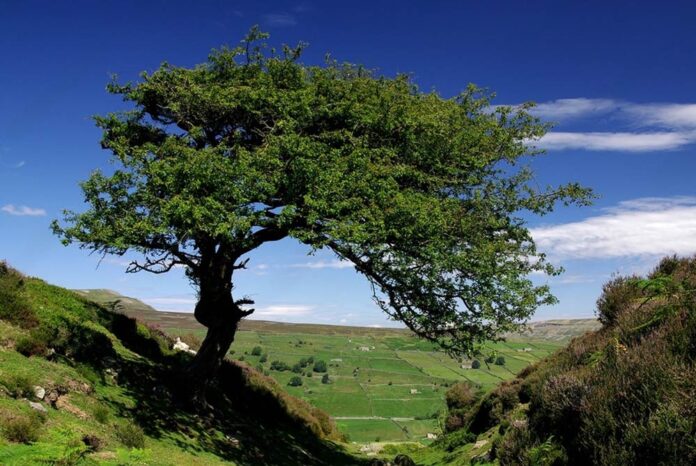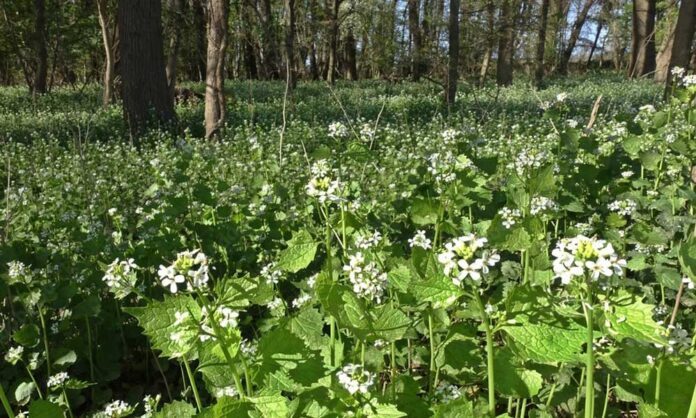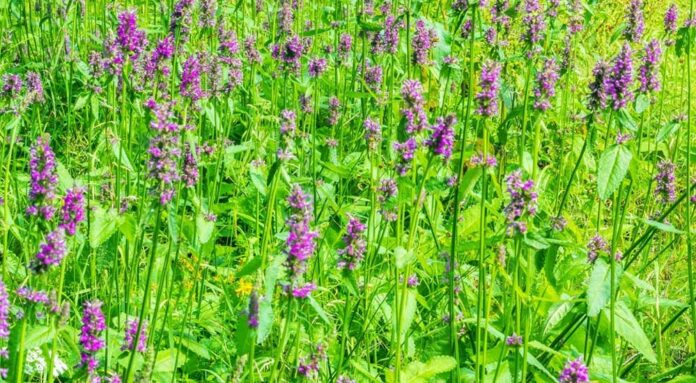As you wander the verdant woodlands surrounding Marblehill townland, keep an eye out for a tiny botanical gem – the native wood sorrel (Oxalis acetosella), or the Irish name Seamsóg. This delicate clover-shaped plant, often shrouded in the dappled sunlight filtering through the leaves, is a testament to the resilience and hidden flavours of the natural world.
A Taste of History: Foraging for Wood Sorrel near Marblehill
Spring paints the grounds of County Galway with vibrant hues, and foragers like yourself can embark on a delightful treasure hunt. Nestled amidst the verdant embrace of this region, perhaps near the historic Marblehill, lies a tiny taste of spring waiting to be discovered: wood sorrel (Oxalis acetosella).
A Foraging Near Marblehill
its surrounding areas teem with hidden gems like wood sorrel. These little plants thrive in the cool, damp microclimates found in woodlands, on mossy paths, and at the base of trees. As you explore the public byways or forests near Marblehill, keep an eye out for their delicate three-lobed leaves, resembling miniature shamrocks, that rise from a slender stalk.
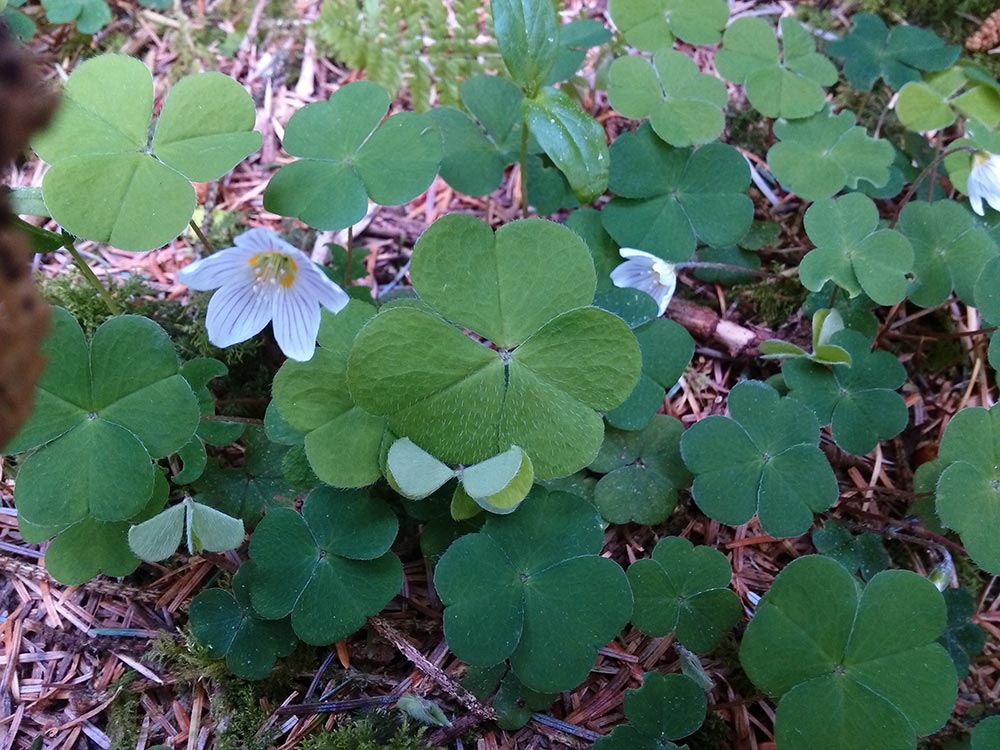
Identifying Wood Sorrel: Essential Tips
Before venturing forth, it’s crucial to identify wood sorrel correctly. Here are key features to remember to avoid any confusion:
- Leaves: Three heart-shaped leaflets with smooth or slightly scalloped edges. They have a fascinating habit of folding downwards at night or when touched.
- Flowers: Delicate white or pinkish blossoms with five petals, appearing in spring or early summer.
- Taste Test (optional): Wood sorrel has a distinct lemony, slightly tart flavour. If unsure about a plant, it’s always best to err on the side of caution and avoid consumption.
Beware of Lookalikes: While wood sorrel is generally safe to consume, plants like trefoil or oxalis corniculata can resemble it. Trust your identification skills and consult a reliable foraging guide or a local expert if needed.
Culinary Delights: Wood Sorrel from Field to Fork
Wood sorrel’s vibrant flavour profile makes it a forager’s delight. Imagine incorporating a taste of history, literally from the grounds near Marblehill, into your dishes! Here are some ways to use wood sorrel in your kitchen:
- Salads: Imagine impressing your guests with a salad featuring the bright acidity of wood sorrel. Toss the leaves and flowers in with leafy greens, fruits, and nuts for a burst of flavour that would grace any table.
- Elevated Sandwiches: Take your lunchtime routine to new heights by adding chopped wood sorrel to plant-based cream cheese or pesto for a delightful sandwich spread, perfect for a picnic.
- Sauces and Dips with a Touch of History: Channel your inner historical chef and create tangy sauces for vegetables using wood sorrel. Experiment with infusing vinegar with the leaves for a unique condiment that whispers of the past.
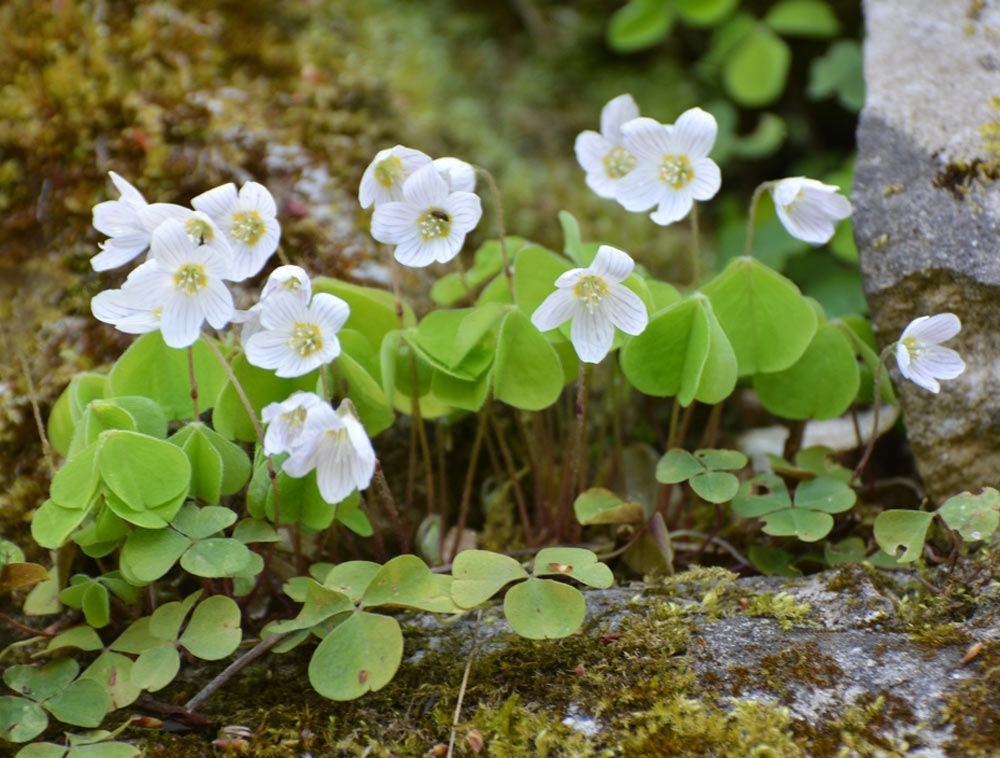
Medicinal properties of Wood Sorrel
It has diuretic and astringent properties and is full of vitamin C. Hence, wood sorrel has been used in the past for treating scurvy.
Ecological Importance of Wood Sorrel
Wood sorrel plays a key role in the delicate dance of the ecosystem. Its flowers, adorned with sweet nectar and pollen, attract a swarm of pollinators like bees and hoverflies. These pollinators, in turn, help ensure the reproduction of countless plants, fostering biodiversity and a thriving ecological web.
Remember: As you forage near Marblehill or anywhere else, practice sustainable harvesting. Take only what you need and leave plenty behind for others and future seasons.
Ready to transform your next walk into a historical and flavourful adventure? With a dash of knowledge and respect for the natural world, you can unlock a hidden world of taste nestled amongst the very grounds that whisper stories of the past. Happy foraging!


